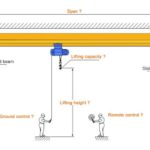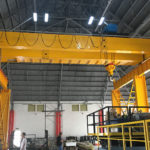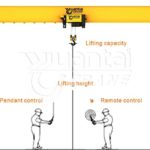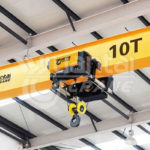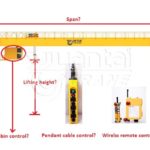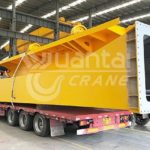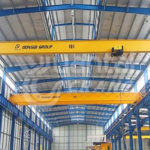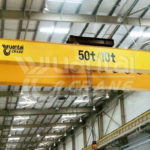Crane Cabin Introduction
Crane cabins play a pivotal role in the functionality and safety of overhead and gantry cranes. These enclosed spaces serve as the command centre for crane operators, providing them with the tools and environment needed to execute precise and controlled movements. Operators have a panoramic view of the working area. This elevated position allows for better control and visibility, ensuring the safe and efficient movement of loads. The design of the cabin significantly influences the overall performance of the crane, making it a crucial element in material handling operations.
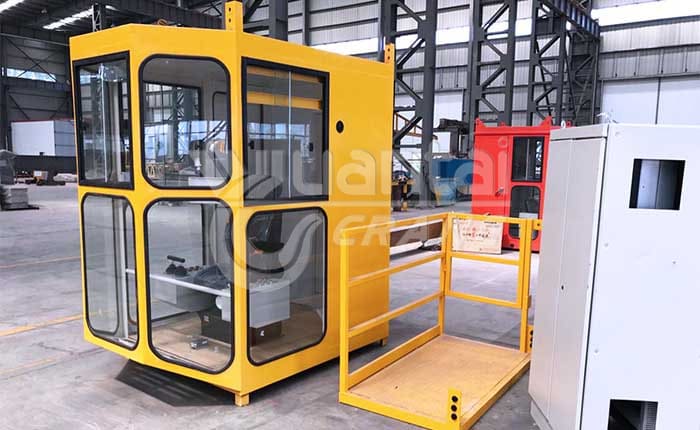
Crane Cabin Design
- Visibility:
One of the primary considerations in crane cabin design is visibility. Large windows, strategically placed mirrors, and advanced camera systems are incorporated to provide operators with a clear line of sight. This visibility is essential for safe load handling, obstacle avoidance, and overall situational awareness, reducing the risk of accidents. - Ergonomics:
Creating an ergonomic workspace is essential for operator comfort and efficiency. Adjustable seating, well-placed controls, and an intuitive interface contribute to a workspace where operators can focus on the task at hand without unnecessary strain or discomfort. This ergonomic design not only enhances operator well-being but also improves overall productivity. - Safety Features:
Safety is paramount in crane operations, and crane cabins are equipped with a range of safety features. Emergency stop buttons, warning alarms, and clear indicators for load capacity and crane position are integrated to ensure that operators can respond swiftly to potential hazards. The cabin itself is constructed to withstand environmental conditions and impacts, providing a secure space for operators.
Accessibility and Maintenance
- Accessibility:
Ensuring easy and safe access to the cabin is a critical design consideration. Well-placed entry and exit points, along with sturdy handrails and non-slip surfaces, contribute to the safety of operators during cabin entry and exit. Accessibility is essential for quick evacuation in emergencies and routine operations. - Maintenance:
Regular maintenance is crucial for the longevity and optimal performance of crane cabins. Design considerations include access panels and hatches that allow for easy maintenance and inspection of cabin components. This proactive approach to maintenance contributes to the reliability and safety of the crane cabin.
